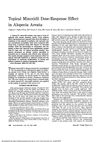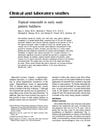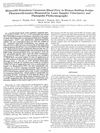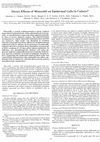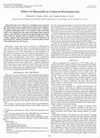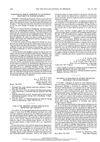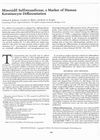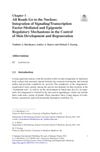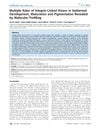Effect of Minoxidil on Pre- and Postconfluent Keratinocytes
March 1987
in “
Journal of The American Academy of Dermatology
”
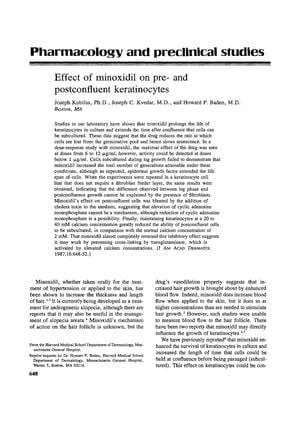
TLDR Minoxidil prolongs cell life, slows aging, and may produce longer hairs.
The 1987 study investigated the effect of minoxidil on keratinocytes in culture and found that it prolonged the life of cells and slowed senescence, with the optimal dose being between 6 and 12 µg/ml. However, it did not increase the number of times cells could be passed. The study also suggested that minoxidil's effect on postconfluent cells may work by preventing cross-linking by transglutaminase, which is activated by elevated calcium concentrations. The researchers speculated that minoxidil works by prolonging the time of anagen growth, which would then lead to the production of longer hairs.
